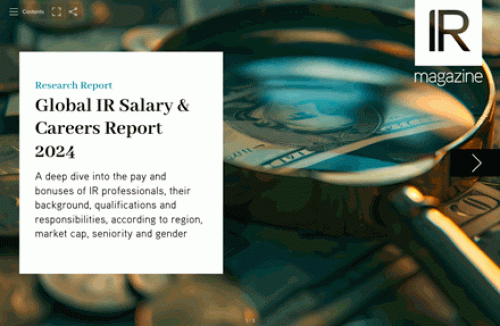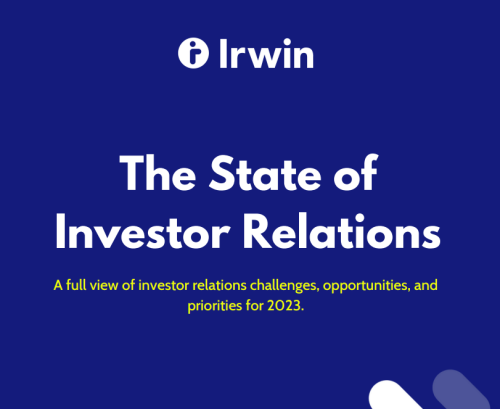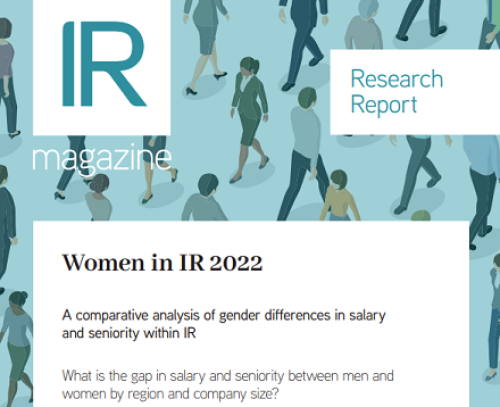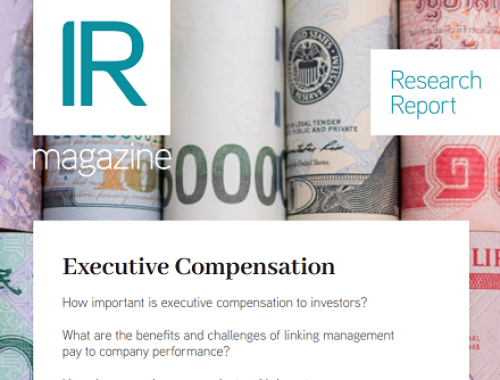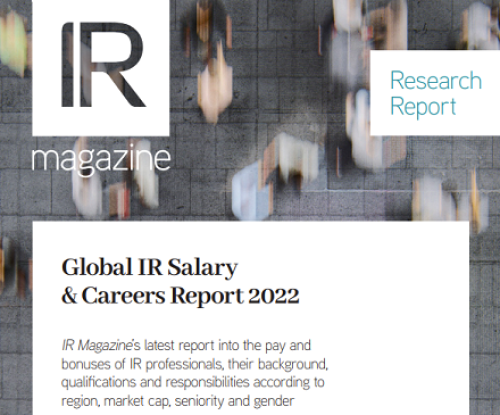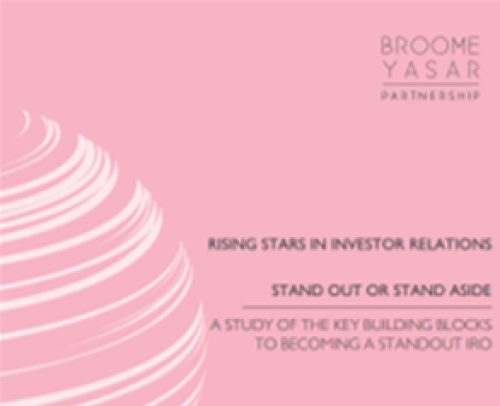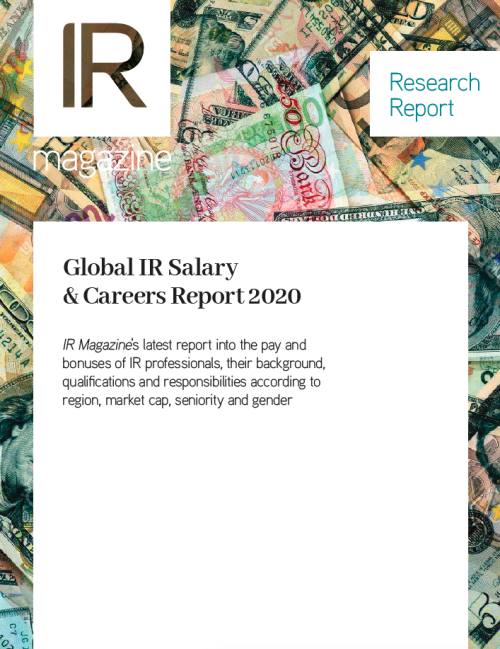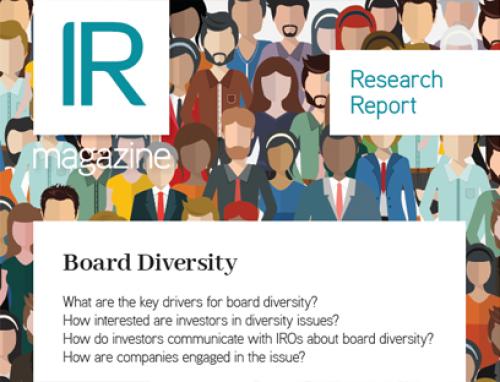The personal branding of a CEO is a powerful tool and increasingly important to investor relations with executives devoting more time to their image and new CEOs facing an immediate challenge in finding a message
Sure, the iPod and iPhone are strong brands that have helped burnish Apple’s reputation as an innovative company and pushed its stock into the stratosphere. But for the company’s IR officers working to keep old investors happy and attract new ones, Apple’s most powerful brand may be the one named Steve Jobs. Not convinced? Imagine how they’d react if Apple’s board suddenly decided to replace Jobs with Kenneth Lay, Dennis Kozlowski or Jimmy Cayne.
Today, an executive’s personal ‘branding’ has profound implications. Carol Ballock, managing director of Burson-Marsteller’s executive positioning specialty group, says her company polled 600 global executives and found that CEO reputation is worth ‘at least half a company’s reputation’.
This trend has deep implications for IR professionals. In the post-Enron era, investors are looking for leaders they can trust and increasingly pushing for the ouster of those they feel they can’t – and a reputation for qualities like game-changing innovation, as in the case of Jobs, can drive a stock up all on its own.
‘A company’s reputation is critical in the IR world, and positioning of executives is the core part,’ explains Rob Whetstone, managing director at Pondel-Wilkinson, an IR consulting firm based in Los Angeles. ‘Everything is more acute these days. There’s increased scrutiny of companies and management teams, and there’s such a wide availability of information.’
Ballock agrees. ‘The notion of managing CEO reputation, of safeguarding it and recovering lost reputation, is paramount,’ she says. ‘It’s a license to do business.’
Selling the position
To support this trend, several PR firms and consultants now offer marketing campaigns for current and aspiring corporate leaders more closely associated with new consumer products or presidential candidates. Many companies employ teams of in-house personnel or rely on IR consulting firms to help manage CEO reputation. The trend has been growing since the late 1990s, when dotcom CEOs used charisma and reputation to vie for the best talent and investor resources, and management guru Tom Peters published a widely read article on executive branding entitled ‘The brand of you’.
The corporate scandals in the years that followed fed the trend, but in a different way. Activist shareholders, increased scrutiny from corporate boards and the rising demands placed on today’s executives are fueling record CEO turnover, while shareholders are simultaneously demanding more from them than ever before. The number of Fortune 500 firms with new CEOs rose by 50 percent last year, says Leslie Gaines-Ross, chief reputation strategist at Weber Shandwick and author of the 2003 book CEO capital.
CEO tenure, meanwhile, continues to shorten every year. Two out of every five new CEOs fail in their first 18 months, according to the Harvard Business Review. ‘CEOs are being hired almost like contract players, to accomplish a particular goal, and then they are gone,’ says Deb Dib, president of Executive Power Brand.
At the same time, in today’s environment, ‘you basically have to hit the ground running’, says Robert Holdheim, senior vice president and head of corporate communications for Edelman. ‘People want to hear almost immediately what CEOs are going to do – their broad-brush vision. Time is what has disappeared from the equation. That’s the biggest change over the last 10-15 years.’
There is a basic outline to the strategy. ‘What we do is figure out who the key constituents are, what messages you want to get across, and what the visions are of the CEO you’re bringing in,’ Holdheim says. Ballock works similarly. ‘Often CEO changes are the biggest signal for reputation recovery,’ she says. ‘You have to come up with a campaign structure: what do you say to employees? What do you say to financial stakeholders? There’s probably no more important time to be out campaigning for business than when the business is in trouble.’
Power of belief
Sprint Nextel hired a new CEO, Dan Hesse, at the end of 2007, following long-running complaints that its previous leader failed to address customer service problems. Then it ran an ad campaign on television to introduce Hesse to the world. He appears in this commercial strolling down a quaint yet bustling cobble-stoned city street. He’s dressed like an everyday bloke – tieless, hands in jacket pockets – and uses colloquial language to offer customers a new deal.
The commercial then presents a new monthly plan, and leaves the viewer with Hesse’s personal email address. For a company whose chief executive resigned amid complaints of poor customer service, the message was clear: Hesse is accessible and focused on customers’ needs. The intent was to let customers know there’s a new sheriff in town, but the benefits spread over to investors, explains Kurt Fawkes, vice president of investor relations for Sprint Corporation.
When it comes to appeasing actual investors, Hesse will need to follow up that message with real-world accessibility. That’s a given in today’s environment, Fawkes says. ‘Management credibility has risen up the charts now as a decision driver for portfolio managers. It’s a much more important factor in investment allocation today, so to that extent our role is to ensure investors have the ability to make informed judgments about any change in leadership. Access is more and more of a checklist item for portfolio managers before they make decisions. That can take many forms, including conference calls or small group meetings, but they are now demanding it from us.’
Most branding campaigns begin with an analysis phase. William Arruda, president of Reach Communications, has worked with high-level executives and promising future leaders at IBM, Cisco, Adobe, Microsoft, JPMorgan, Morgan Stanley, Procter & Gamble, British Telecom and American Express, among others. He usually begins with a 360-degree survey gathering information about his client.
This allows the client to enter the email addresses of employees, superiors and outsiders, who are then sent an anonymous form aimed at gathering information about how the client is perceived. ‘A lot of CEOs are really reluctant to do that, but they need it more than anything,’ explains Arruda. ‘The higher you move in an organization, the more reluctant people are to tell you what they really think.’
Thinking good thoughts
The next step is identifying which qualities to highlight. Ballock does a competitive analysis, breaking down the messages of other leaders in a client’s peer group or aspirational peer group. Then she will attempt to identify a ‘thought leadership platform’ so the client has some issues with which he/she can be identified as a leader. That platform helps brand the CEO for innovation and leadership and inspire confidence among his employees and investors, Ballock says. ‘Every company has something,’ she adds.
Many of the current thought leaders are using corporate responsibility policies to brand themselves: Michael Dell fighting e-waste, Wal-Mart’s H Lee Scott bringing more green products into stores, and – most famously – Lord Browne of BP addressing climate change, according to Ballock. Dotcom leaders often market themselves on their creativity and their willingness to foster innovation and inspire workers.
Usually consultants will kick off a PR campaign once the executive has decided on a message, not necessarily a TV spot. Ballock uses what she calls the ‘10-10-10 influencer approach’, in which she identifies the top 10 media placements, the top 10 conference opportunities and the top 10 ‘best of’ lists. ‘These kinds of elements really help move the needle,’ she explains. ‘It’s a combination I believe is the key to building an enduring reputation platform for an executive.'

